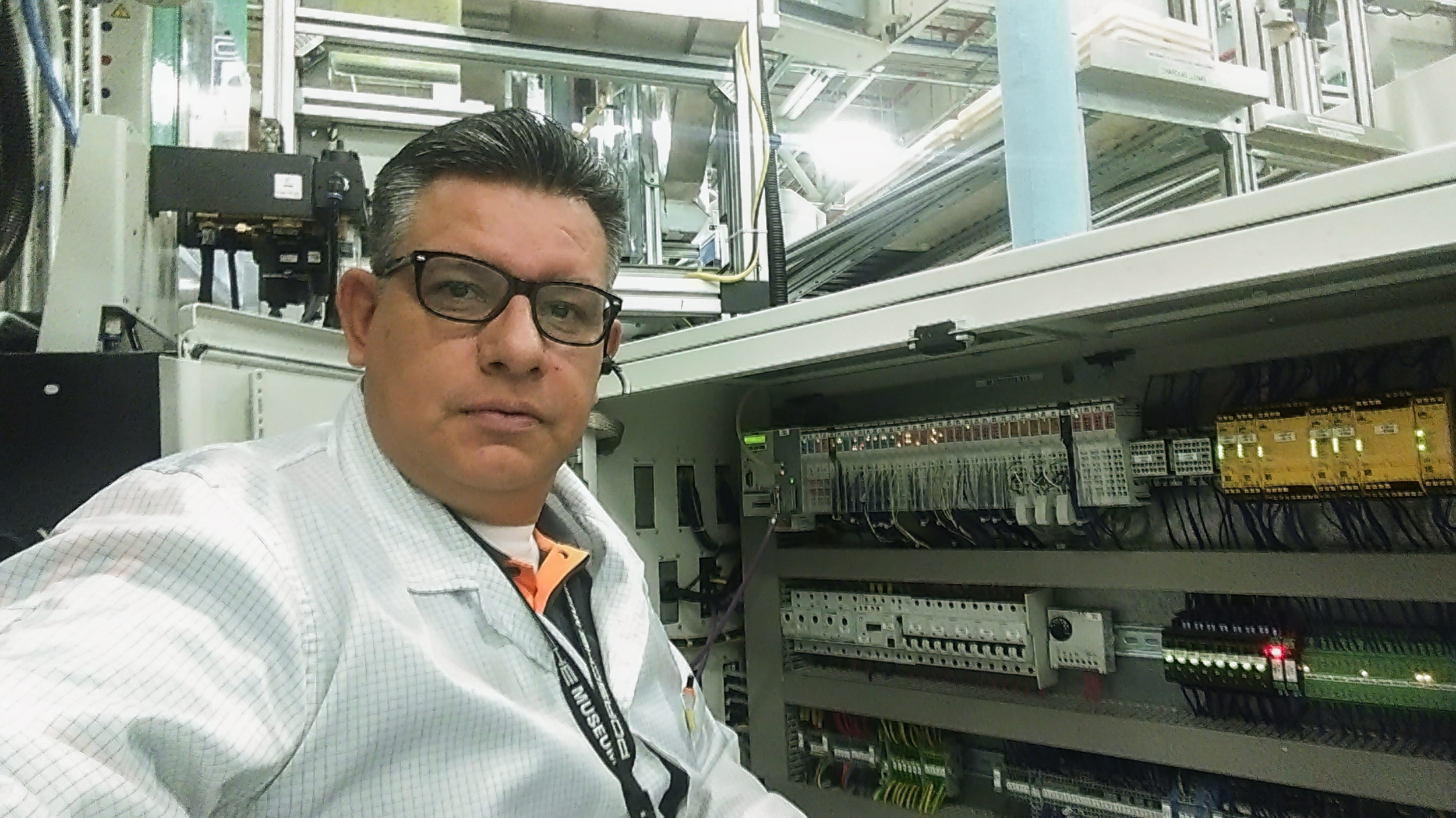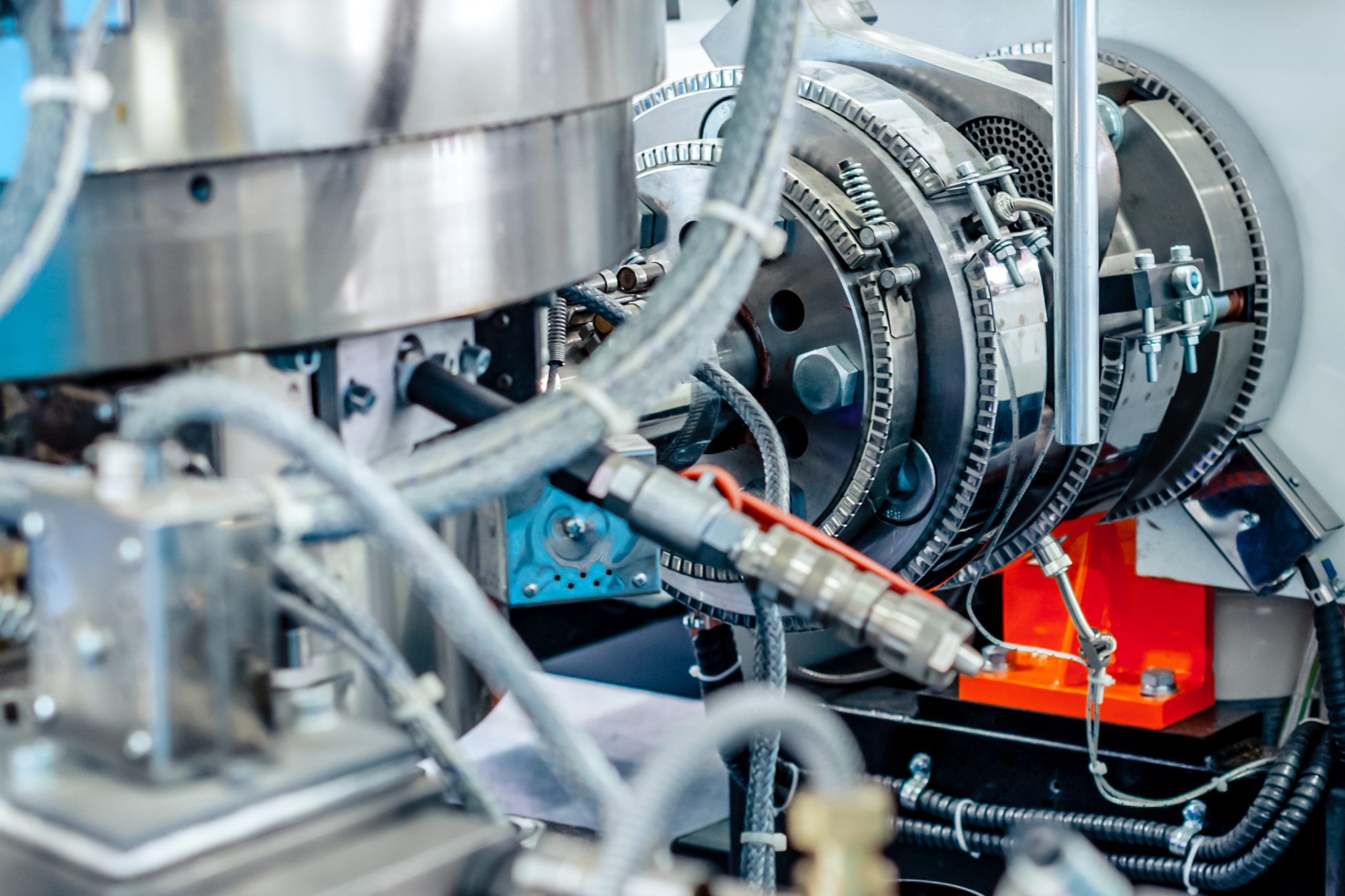Part 1 of 3: Workforce Woes? Here’s How Cavity Pressure Helps You Do More with Less
Introduction
The injection molding industry is feeling the strain: skilled labor is harder to find, wages are increasing, and the pressure to hit tight production deadlines is greater than ever. Many manufacturers are searching for ways to reduce headcount or avoid expanding their workforce while still maintaining part quality and consistency.
That’s where cavity pressure sensing comes in. By combining in-mold sensing with DECOUPLED MOLDING® molding strategies and automated process control, manufacturers are reducing their reliance on manual labor—without sacrificing quality. In fact, they’re improving it.
Let’s explore how this powerful technology saves money, optimizes labor, and helps your shop run leaner and smarter.
Cut the Costs of Manual Inspection
Manual part inspection is slow, inconsistent, and costly. Even with well-trained operators, relying on human eyes and hands to catch defects introduces variability into your process. Worse, bad parts often slip through—or good parts get scrapped unnecessarily.
Here’s how cavity pressure solves that:
- Real-time data from inside the mold enables the system to detect short shots, flash, and other defects the moment they occur.
- Automated part containment removes suspect parts from the production line without any human intervention. Eliminating or reducing manual inspection can save tens of thousands annually—between wages, inspection time, and scrap costs caused by human error.
- Consistent quality monitoring means you can inspect fewer parts manually, reduce quality-control staffing, and increase throughput.
DECOUPLED MOLDING Reduces Variability and Operator Input
When paired with DECOUPLED MOLDING techniques, cavity pressure sensors unlock significant process stability:
- Once the process is decoupled, cavity pressure becomes the true indicator of part quality—not machine settings like injection speed or hold time.
- This shift minimizes the number of operator-driven adjustments, reducing downtime and over processing.
What that means for labor:
- Operators no longer have to “babysit” machines.
- Less experienced staff can run complex jobs without compromising quality.
- Technicians spend less time troubleshooting and more time optimizing.
Bottom line: Your process becomes less reliant on tribal knowledge and more on data-driven, repeatable systems—freeing up valuable human resources.
Part Containment Means Fewer Hands on Deck
Manual sorting, rework, and bin picking are some of the least efficient ways to manage production quality. Cavity pressure sensing empowers automated part containment, where bad or suspect parts are identified and separated before they ever leave the press.
- This eliminates the need for someone to sift through bins or trays after the fact.
- It also reduces downtime from “chasing” quality issues post-production.
- Containment data can even help you trace root causes faster, so problems don’t reoccur.
Real impact: You’ll need fewer hands on the floor to monitor parts, sort scrap, and chase issues—which opens the door to either reducing staff or reallocating them to more strategic roles.
Less Need for Skilled Operators
Hiring and retaining experienced operators is difficult and expensive. But what if your process could self-correct?
With cavity pressure sensing and smart automation:
- You no longer rely on someone noticing small process deviations.
- Alarms and automatic shut-offs prevent bad runs before they start.
- One operator can oversee multiple machines with confidence, because each press is managing its own process using real-time cavity data.
This shift toward process autonomy allows you to do more with fewer people—without risking quality or output.
Conclusion
Cavity pressure sensing doesn’t just improve part quality—it reshapes how your team operates. From reduced manual inspection and part containment to DECOUPLED MOLDING labor efficiency, the savings add up fast.
By letting the mold tell you what’s happening in real time, you remove guesswork, reduce manual intervention, and make your people more effective—even with a leaner team.
In the next blog, we will cover cost savings from using cavity pressure to mold quality parts using less expensive types of materials.
Ready to reduce your labor costs and increase your consistency?
Contact RJG today to see how cavity pressure technology can transform your molding operations.
Learn More



